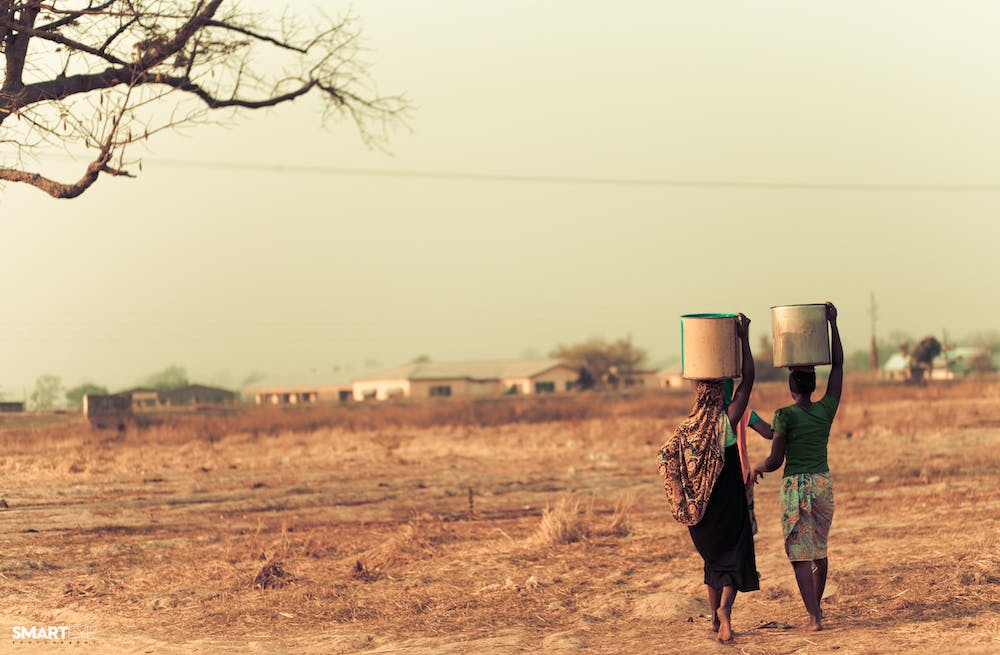Climate change is a growing concern around the world. Emissions of greenhouse gases resulting from human activity lead to a series of environmental changes, including the availability of water. Water is a vital resource for life on Earth, and climate change is affecting its availability in different parts of the world. It is imperative to analyze the relationship between climate change and water availability, emphasizing changes in rainfall patterns, the effects on rivers and aquifers, as well as the measures being taken to adapt to climate change.
Changes in Precipitation Patterns
Climate change is affecting precipitation patterns around the world. In some areas, there is a greater incidence of rainfall, while in others, drought is increasingly common. These changes have a direct impact on water availability, as rain is the main source of supply for rivers and aquifers. When there is a higher incidence of rainfall, rivers can overflow and cause flooding, while in areas with prolonged drought, rivers and aquifers can dry up, reducing the availability of the natural resource.
Peru is facing an atypical rainy season that has left at least 58 people dead and hundreds of people homeless since the beginning of March/2023. Climate change is identified as one of the main factors for the occurrence of these extreme weather events, which affect the country and other regions of the world. Heavy rains have caused flooding and landslides in various parts of Peru, especially in the mountainous regions of the country. In some areas, rivers overflowed and wreaked havoc on nearby communities. The lack of adequate infrastructure and prevention measures makes the population vulnerable to the effects of these climate changes.
Effects on Rivers and Aquifers
Climate change also has a direct impact on rivers and aquifers. Changes in precipitation patterns can lead to a decrease in the volume of water in rivers and lakes, in addition to reducing the recharge capacity of aquifers. Climate change is also affecting water quality: in Niger, changing rainfall patterns are affecting food production and increasing infectious diseases such as malaria. These problems are compounded by recurrent epidemics and food insecurity, as well as violence and displacement. The combination of malaria and malnutrition is particularly dangerous for children under five. The African country also recorded in 2023 a significant increase in the number of people with infectious diseases such as malaria, dengue and cholera, due to changes in rainfall and temperature patterns.
Measures for Adaptation and Management of Water Resources
In recent years, water availability has become a growing concern around the world, especially in the face of climate change. According to the United Nations (UN) report on world water development in 2022, more than two billion people around the world still do not have access to quality drinking water, and climate change is making resource management even more challenging.
In response to these challenges, UN Sustainable Development Goal (SDG) 6 aims to ensure the availability and sustainable management of water and sanitation for all by 2030. Access to clean water and basic sanitation is key to ensuring a healthy life and productive, and the lack of these resources disproportionately affects the most vulnerable populations.
Specific SDG 6 targets include:
– Ensure universal and equitable access to safe and potable water for all. This means ensuring that everyone has access to a safe source of water for drinking and domestic use.
– Substantially increase the number of people with access to adequate and equitable basic sanitation. This includes ensuring that people have access to safe and hygienic toilets and toilet facilities.
– Improve water quality, reduce pollution and minimize the release of hazardous chemicals and materials. This is important to protect human health and natural ecosystems.
– Increase water use efficiency in all sectors, including agriculture, industry and household sectors. This is important to ensure water availability for all, even in areas with scarce water resources.
– Implement integrated water resources management at all levels, including cross-border cooperation. This is essential to guarantee the sustainability of water resources and avoid conflicts over their use. This involves identifying water needs and demands, monitoring water quality, implementing conservation measures and managing the distribution and allocation of water for different uses such as human supply, agriculture, industry and power generation.
The management of water resources is also related to the protection of aquatic ecosystems and the prevention of conflicts over water use, in addition to seeking to ensure the sustainability of the resource for future generations.
Water scarcity is one of the most worrying consequences of climate change, affecting the availability of fresh water for human consumption and agricultural production, in addition to threatening the health of ecosystems and the global economy. It is critical that we are aware of these challenges and work together to reduce our water footprint, support sustainable agricultural practices and develop efficient water and energy management technologies. Special attention is also needed for the most vulnerable and developing countries, as they are the most affected by the lack of water and the impacts of global climate change. Only through joint efforts can we ensure that water, a vital resource for life, is available and accessible to all for future generations.




